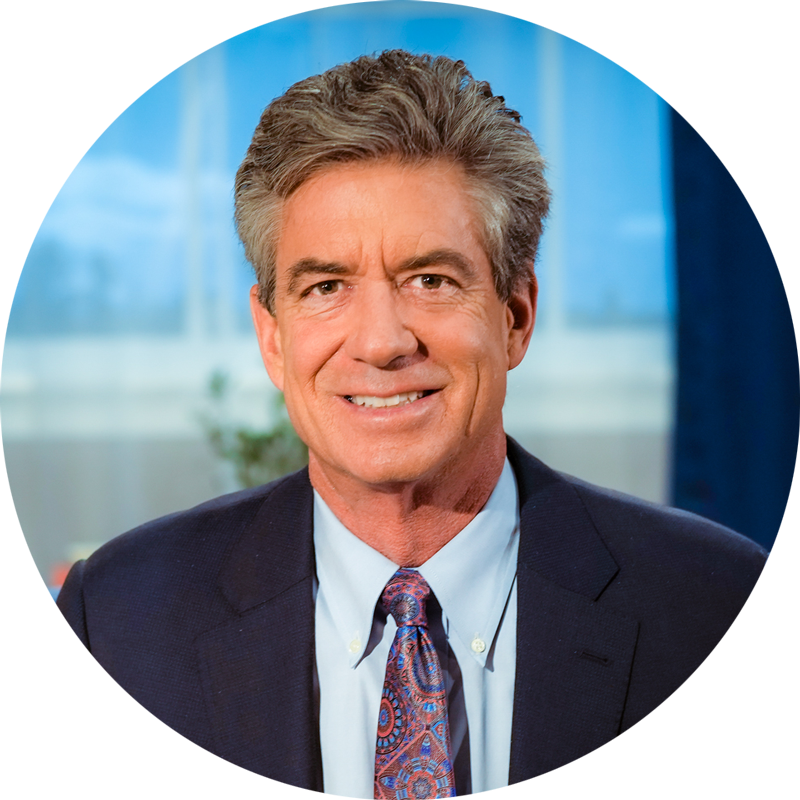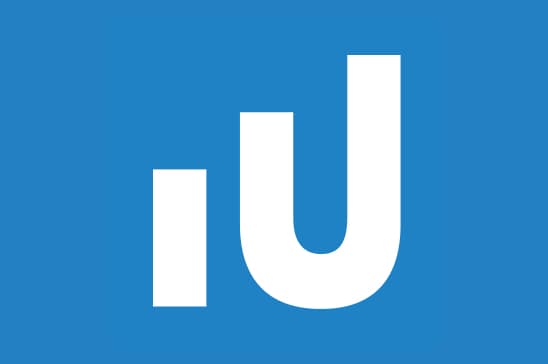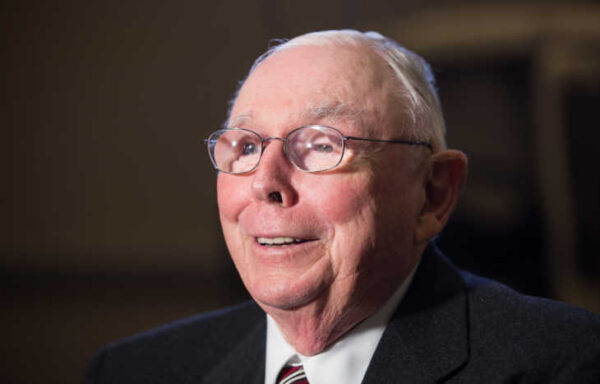How Markets Will Save Us From COVID-19
- Many people fail to make money in the stock market because they don’t understand how the market works.
- But, as Alexander Green explains today, the free market system is not solely a source of wealth – it’s what’s going to save us from the coronavirus.
Editor’s Note: Concerned about making the right choices in today’s volatile markets? Well, Alexander Green is sharing one of his favorite buy signals and debunking a common misconception in this week’s video update.
– Christina Grieves, Senior Managing Editor
Many folks struggle to make money in stocks because they don’t really understand how markets work.
This includes the vast majority of academics and journalists – and at least one New York Times editorialist.
I got my first inkling of this decades ago, when my Econ 101 professor explained how the Soviet economy would soon overtake our own.
The Soviets use a five-year plan, he explained, where government bureaucrats – untainted by greed or self-interest – calculate how much of everything consumers need and, therefore, how much of everything companies should provide.
He asked the class to contrast their brilliant system with our own chaotic, unplanned economy.
My professor was not some wide-eyed Marxist.
He taught straight from the pages of Paul Samuelson’s Economics: An Introductory Analysis, the bestselling economics textbook of all time.
Samuelson won the Nobel Prize in economics.
A socialist, he predicted that Soviet GDP would overtake that of the U.S. as soon as 1984 but no later than 1997.
(He kept revising the dates, however. When the 1980 edition came out, he had pushed his estimate to sometime between 2002 and 2012.)
Instead, the Soviet economy collapsed, and the U.S. economy became the envy of the world.
How could a Nobel Prize winner and the author of the bestselling economics textbook in history get the big picture completely wrong?
(And, knowing this, how could his acolyte, New York Times columnist Paul Krugman, refer to him years later as an economic thinker like nobody else, past or present?)
It’s hard to fathom.
But Samuelson’s confusion makes it easier to understand why so many journalists haven’t the first clue how markets work or wealth is created.
Their coverage of the coronavirus provides plenty of examples.
As I’ve mentioned in previous columns, millions of scientists and healthcare workers around the world are running tens of thousands of experiments to find a treatment and vaccine for COVID-19.
Yet last week’s Washington Post lamented that “the massive effort is disorganized and scattershot, harming its prospects for success.”
The root of the problem? “A lack of a centralized national strategy.”
What is urgently needed, the article explained, is for the federal government to organize and supervise the search for a cure.
More than two centuries ago, Adam Smith pointed out just how mistaken this is.
The key insight of his classic The Wealth of Nations is that no external force, coercion or infringement of freedoms is necessary to produce economic innovation and cooperation.
In their quest for profits and market share, businesses – including biotechs and drug companies – innovate, produce and distribute.
No one benefits more than the consumer. Yet most educators and journalists don’t get it.
It seems intuitive to them that a bunch of committed, caring, well-intentioned people – let’s call them public servants – making decisions on our behalf should be able to create better results than a bunch of unenlightened vendors grasping for profits.
It simply isn’t so. But do you understand why?
Leonard Read (1898-1983), founder of the Foundation for Economic Education, wrote a famous essay, “I, Pencil,” that illustrates how free trade enables millions of unconnected people to miraculously come together to create a product.
It should be required reading in every high school in America.
There’s nothing extraordinary about a pencil, of course, a simple, everyday object made of wood, lead, metal and rubber.
Yet no single individual on Earth can create one, or even knows how.
Trees must be harvested. Wood is cut, transported and milled.
The lead – actually graphite – must be mined, mixed with ammonium hydroxide, cut, dried and baked.
The wood receives six coats of lacquer, which requires growing castor beans and refining them into castor oil.
The bit of metal – called the ferrule – is brass. That requires other laborers and craftsmen to mine zinc and copper and process them into sheets.
The eraser is a rubberlike product made with rapeseed oil and sulfur chloride.
These are just a few of the hundreds of steps necessary.
Yet no one sitting in some central office orders these people around, commanding them to do their part to create pencils.
They live in different lands, speak different languages and follow different customs. They don’t know each other and might not like each other if they did.
Yet markets incentivize them to cooperate, without most of them knowing the pencil was an end product of their labor.
Adam Smith could never have imagined the technology, medicines and standard of living that we enjoy today.
And a treatment or a new vaccine is obviously a lot tougher to create than a pencil.
Yet the same principles still apply.
The drugs and vaccines will need eventual government approval, yes.
But millions of people in the private sector are already working to meet this pressing need without direction, supervision or coercion by the government.
Looking ahead, different parts of our economy will reopen in different places at different times.
But our lives will not get back to normal until we have a successful treatment and vaccine for COVID-19.
The big bounce off the bottom for stocks shows that investors believe this will happen sooner than most expect.
To those who understand how markets work, the rally makes sense.
About Alexander Green
Alexander Green is the Chief Investment Strategist of The Oxford Club, the world’s largest financial fellowship. For 16 years, Alex worked as an investment advisor, research analyst and portfolio manager on Wall Street. After developing his extensive knowledge and achieving financial independence, he retired at the age of 43.
Since then, he has been living “the second half of his life.” He runs The Oxford Communiqué, one of the most highly regarded publications in the industry. He also operates three fast-paced trading services: The Momentum Alert, The Insider Alert and Oxford Microcap Trader. In addition, he writes for Liberty Through Wealth, a free daily e-letter focused on financial freedom.
Alex is also the author of four New York Times bestselling books: The Gone Fishin’ Portfolio: Get Wise, Get Wealthy… and Get On With Your Life; The Secret of Shelter Island: Money and What Matters; Beyond Wealth: The Road Map to a Rich Life; and An Embarrassment of Riches: Tapping Into the World’s Greatest Legacy of Wealth.







